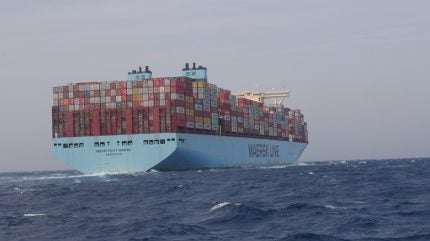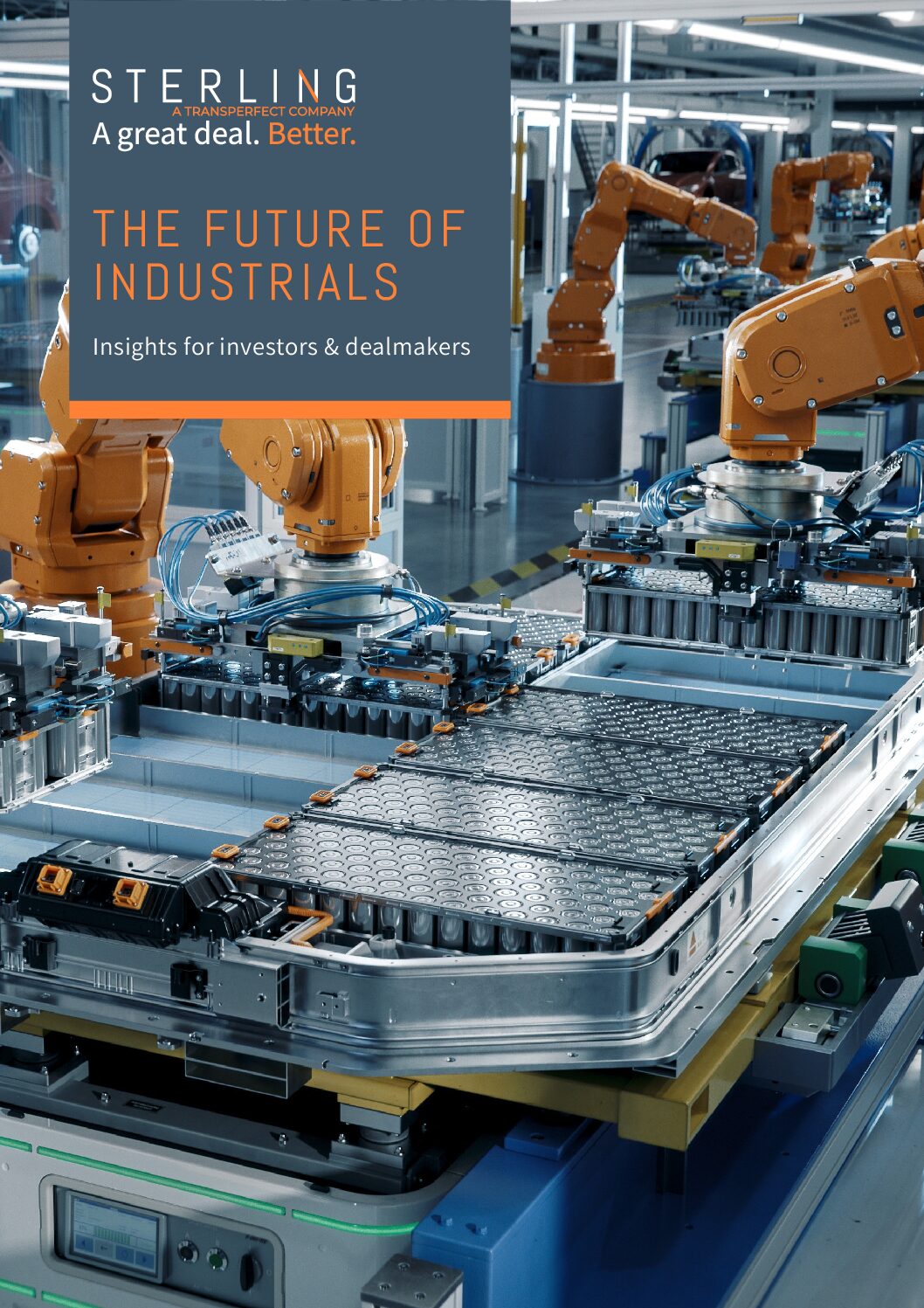
The industrials complex under pressure
The global industrials sector enters the latter half of 2025 in a state of unusual strain. The United States has torn up eight decades of trade orthodoxy by dangling sweeping tariff threats. A 10% baseline now covers most imports, with strategic sectors such as steel, aluminum and foreign-made cars carrying an extra 25% duty. Some goods of Chinese origin face punitive rates of 145% or more. Unsurprisingly, business confidence has faltered. A recent GlobalData survey found 57% of executives “very concerned,” with 61% expecting tariffs to damage their 12-month outlook.
Companies are being forced into difficult choices. Either pass higher input costs onto customers or absorb them in margins—both routes that depress growth. If escalation persists, the risk is of a downward spiral, where shrinking demand feeds on itself and recession looms.
Beneath this turbulence lie three structural shifts now reshaping industrial strategy: the rewiring of supply chains, the acceleration of automation, and the integration of sustainability not just as a compliance burden but as a growth catalyst.
Rewiring the supply chain
Tariff risk and geopolitical fractures are pushing companies towards localization, particularly in strategic categories such as semiconductors, EV batteries and defense components. Reshoring and “friendshoring” are becoming the new currency of industrial site planning.
The shift is geographic as much as strategic. Firms are diversifying away from single-country dependencies and building regional footprints across Central America, Eastern Europe and Southeast Asia. Final assembly is increasingly kept domestic, while sourcing is spread across multiple suppliers to hedge risk. Technology is what makes this feasible. AI-driven demand forecasting, logistics automation, and IoT-enabled monitoring bring real-time visibility and coordination to sprawling, multi-source networks.
Execution varies across markets. In the US, some automakers are already ramping up domestic production to offset import exposure. Others, still reliant on foreign supply chains, are literally parking vehicles at ports while deciding whether to swallow tariffs or reroute shipments. For investors, the winners will be those firms that can pre-empt supply chain chaos and turn resilience into a competitive edge.
Automation as a catalyst
After the pandemic, many industrials ran down inventories in the pursuit of leaner operations. But tariff volatility has swung the pendulum back towards dual sourcing, regionalized warehousing and more resilient structures. The challenge is to do so without letting costs spiral.
Here, automation is providing the bridge. Digital tools are cutting tariff pain by raising throughput and trimming unit costs. Predictive analytics and diversified sourcing can reduce disruption impacts by 20–30%. Digital twins are improving asset utilization by 10–20% through more accurate optimization and scenario planning. IoT-driven predictive maintenance is slashing unplanned downtime by as much as half.
Investors are already pricing in these gains. Companies with diversified, technology-enabled supply chains are commanding 20–30% valuation premiums compared with their single-sourced peers. The message is clear: resilience is no longer just an operational advantage but a source of market differentiation.
ESG: from compliance to competitive edge
Decarbonization shows no sign of easing, nor should it. Industrial firms that tie credible net-zero roadmaps to operational efficiency are securing preferential contract terms and breaking into new sustainability-led customer segments. Technology once again provides the enabler. AI forecasting cuts overproduction and energy peaks, while digital twins deliver efficiency improvements at the design stage.
Sector nuances matter. In aerospace and defense, Scope 3 emissions dwarf factory footprints, making sustainable aviation fuel and alternative propulsion critical. Construction firms are pushing low-carbon materials and electrified fleets. Automakers are blending electrification with circularity, with battery recycling and material recovery moving from pilot projects to core operations. Meanwhile, regulators are intensifying pressure: the EU is expanding mandatory reporting requirements and sharpening emissions pricing. For firms, the cost of inaction continues to rise.
Turning crisis into long-term advantage
The challenge for industrial leaders is not merely to react but to build enduring advantage from disruption. That means anchoring supply chains in diversified regional hubs, embedding automation to control costs, and weaving sustainability into the fabric of strategy.
AI-driven planning and IoT-enabled visibility are compressing coordination times across multi-node networks. Digital twins are de-risking retooling and accelerating time-to-value. Predictive maintenance is stabilizing output despite supplier churn. Commercial discipline, too, is essential—contracts must be orchestrated carefully, serving as bridges towards greener and more seamless supply lines.
None of these steps is a silver bullet in a macro-environment still buffeted by uncertainty. But taken together, they offer a coherent playbook: rethink where products come from to navigate protectionism, and redesign how they are made to prosper under decarbonization. Firms that succeed in both—anchoring regionalized supply chains in modern, data-rich factories while embedding circularity into products—will be best placed to define the industrials sector of the future.
Discover further insights
To learn more, download our new report—The Future of Industrials: Insights for Investors & Dealmakers—published in association with Sterling Technology—the provider of premium virtual data room solutions for secure sharing of content and collaboration for the investment banking, private equity, corporate development, capital markets, and legal communities engaged in industrials M&A dealmaking and capital raising.




